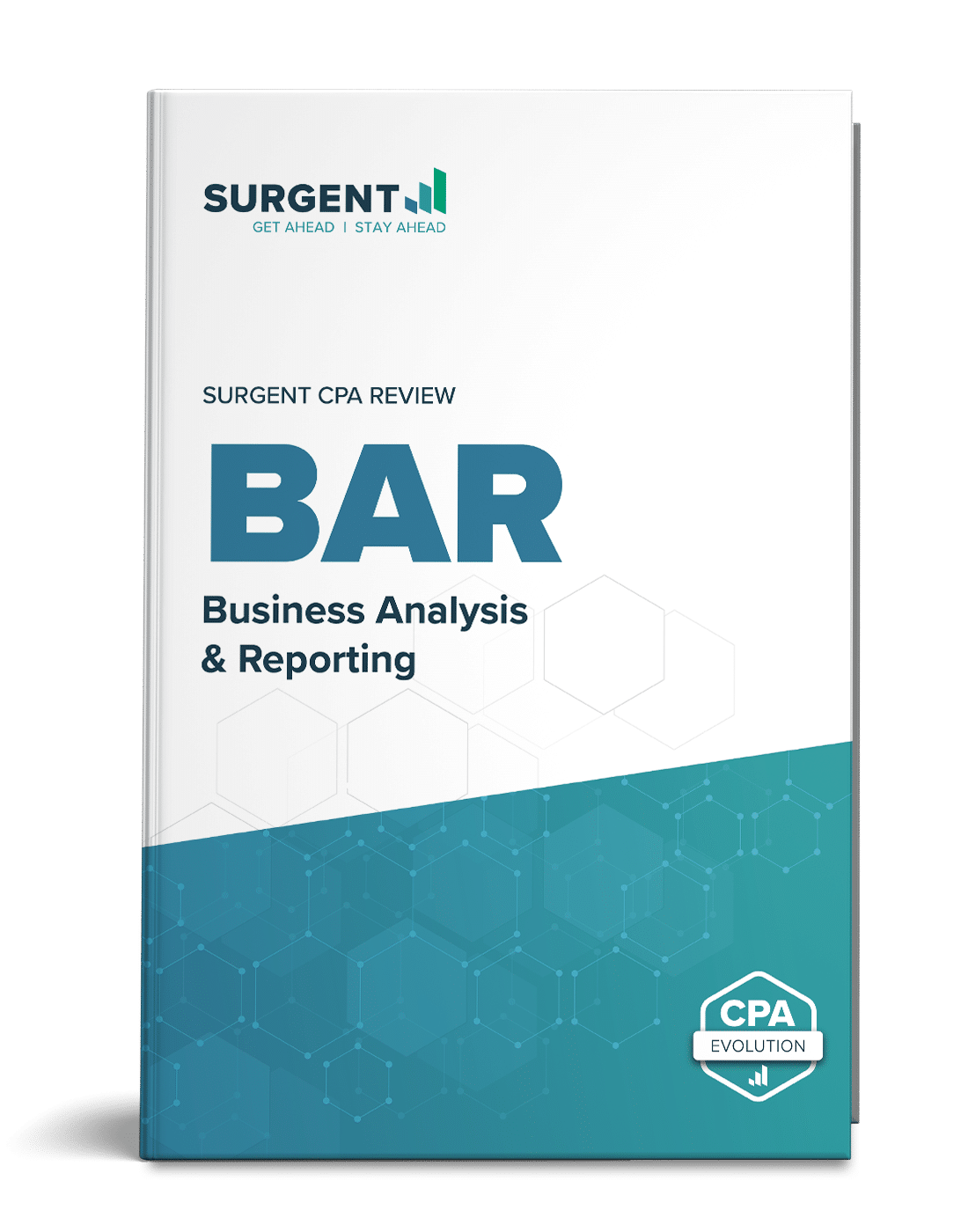Absolutely! Here’s a 2500-word article on business analysis and reporting for CPAs, formatted with `
` and `
` tags in place of “ tags.
In today’s dynamic business landscape, Certified Public Accountants (CPAs) are no longer confined to traditional roles of auditing and tax preparation. They are increasingly becoming strategic advisors, leveraging their expertise in business analysis and reporting to drive informed decision-making. This article delves into the critical aspects of this evolving role, highlighting the methodologies, tools, and insights CPAs bring to the table.

The modern CPA’s toolkit extends far beyond debits and credits. It encompasses a deep understanding of business operations, financial modeling, and data analytics. This transformation is driven by several factors:
The Rise of Data-Driven Decision-Making
Organizations are inundated with data, and they need professionals who can translate this raw information into actionable insights. CPAs, with their financial acumen and analytical skills, are uniquely positioned to fill this gap.
Increased Regulatory Scrutiny

Compliance with complex regulations requires meticulous analysis and reporting. CPAs play a crucial role in ensuring that organizations adhere to these standards and mitigate potential risks.
The Need for Strategic Financial Guidance
Businesses are seeking proactive advisors who can help them navigate economic uncertainties and capitalize on growth opportunities. CPAs offer strategic insights that can drive profitability and sustainable growth.
CPAs employ a range of methodologies to analyze business performance and identify areas for improvement.
Financial Statement Analysis
This involves examining the income statement, balance sheet, and cash flow statement to assess a company’s financial health. Key ratios and trends are analyzed to identify strengths and weaknesses.
Ratio Analysis
Liquidity, profitability, solvency, and efficiency ratios provide a quantitative understanding of a company’s performance.
Trend Analysis
Analyzing financial data over time reveals patterns and helps identify potential issues or opportunities.
Variance Analysis
This technique compares actual results with budgeted or forecasted figures to identify deviations and understand their causes.
Budget Variance Analysis
Comparing actual expenses and revenues with budgeted amounts helps identify areas of overspending or underspending.
Sales Variance Analysis
Analyzing differences between actual and forecasted sales helps understand market trends and customer behavior.
Cost-Volume-Profit (CVP) Analysis
CVP analysis examines the relationship between costs, volume, and profit to determine the break-even point and assess the impact of changes in these variables.
Break-Even Analysis
Determining the sales volume required to cover all fixed and variable costs.
Sensitivity Analysis
Evaluating the impact of changes in key assumptions on profitability.
Forecasting and Modeling
CPAs use various forecasting techniques to predict future financial performance and develop financial models to evaluate different scenarios.
Financial Modeling
Creating dynamic models to assess the impact of strategic decisions and evaluate investment opportunities.
Regression Analysis
Using statistical techniques to identify relationships between variables and forecast future outcomes.
Effective reporting is crucial for communicating the insights derived from business analysis to stakeholders.
Clear and Concise Communication
Reports should be easy to understand and avoid technical jargon. Visual aids, such as charts and graphs, can enhance clarity.
Relevant and Actionable Insights
Reports should focus on the key issues and provide actionable recommendations. Stakeholders should be able to use the information to make informed decisions.
Timely Reporting
Information should be delivered promptly to ensure that stakeholders can react quickly to changing conditions.
Tailored Reporting
Reports should be tailored to the specific needs of the audience. Different stakeholders may require different levels of detail and types of information.
CPAs leverage a variety of tools and technologies to enhance their analysis and reporting capabilities.
Spreadsheet Software (e.g., Microsoft Excel, Google Sheets)
These tools are essential for financial modeling, data analysis, and creating reports.
Data Visualization Tools (e.g., Tableau, Power BI)
These tools enable CPAs to create interactive dashboards and visualizations that communicate complex data effectively.
Enterprise Resource Planning (ERP) Systems (e.g., SAP, Oracle)
ERP systems provide access to real-time data and facilitate integrated reporting across different departments.
Financial Planning and Analysis (FP&A) Software
These tools automate budgeting, forecasting, and financial reporting processes.
Data Analytics Platforms
Platforms that allow for advanced statistical analysis, predictive modeling and machine learning applications.
CPAs play a vital role in strategic decision-making by providing insights that inform key business decisions.
Mergers and Acquisitions (M&A)
CPAs conduct due diligence, assess financial risks and opportunities, and develop financial models to evaluate potential deals.
Capital Budgeting
CPAs evaluate investment proposals, assess their financial viability, and provide recommendations on capital allocation.
Performance Management
CPAs develop key performance indicators (KPIs), analyze performance data, and provide insights to improve operational efficiency.
Risk Management
CPAs identify and assess financial risks, develop mitigation strategies, and ensure compliance with regulatory requirements.
The evolving role of CPAs presents both challenges and opportunities.
Keeping Pace with Technological Advancements
CPAs must continuously update their skills to stay abreast of the latest technologies and analytical techniques.
Adapting to Changing Regulatory Landscapes
CPAs must stay informed about new regulations and ensure that their clients comply with these standards.
Providing Value-Added Services
CPAs must move beyond traditional compliance services and offer strategic advisory services to remain competitive.
Expanding Analytical Skillsets
CPAs must continually develop their data analytics and business intelligence skills.
Business analysis and reporting are integral components of the modern CPA’s role. By leveraging their financial expertise, analytical skills, and technological proficiency, CPAs can provide valuable insights that drive informed decision-making and enhance organizational performance. As businesses continue to navigate an increasingly complex and data-driven environment, the strategic role of CPAs will only become more critical.




